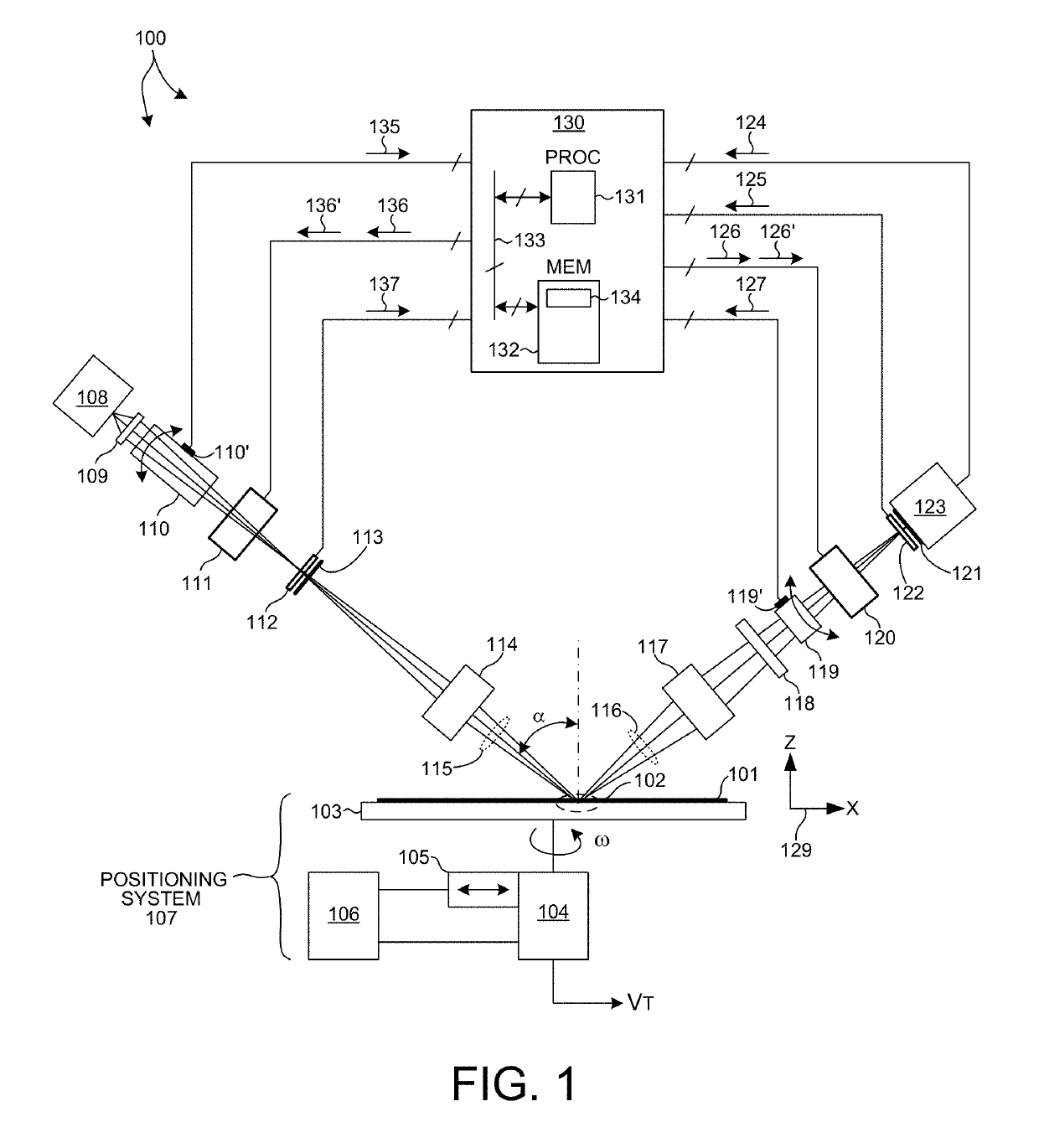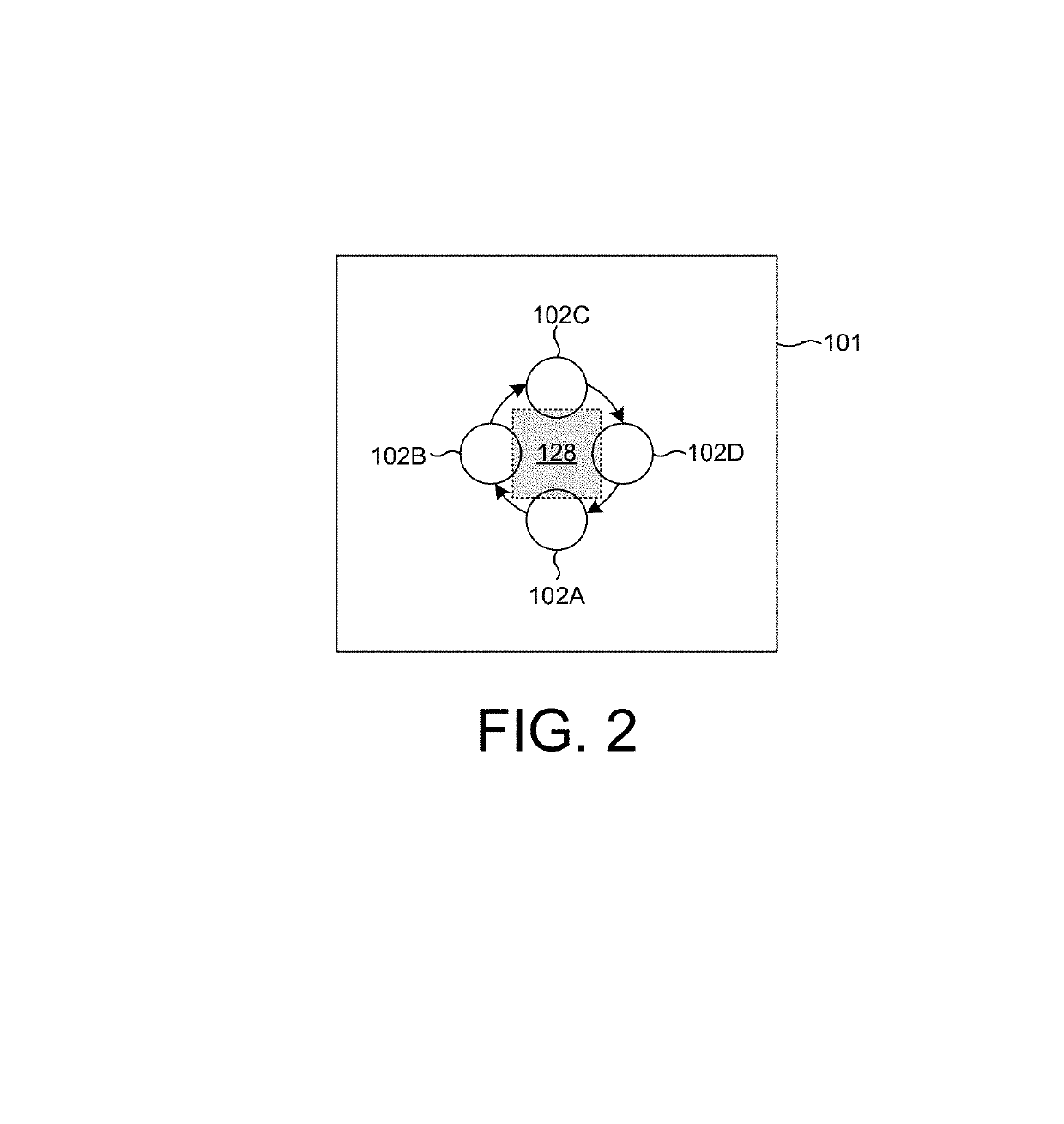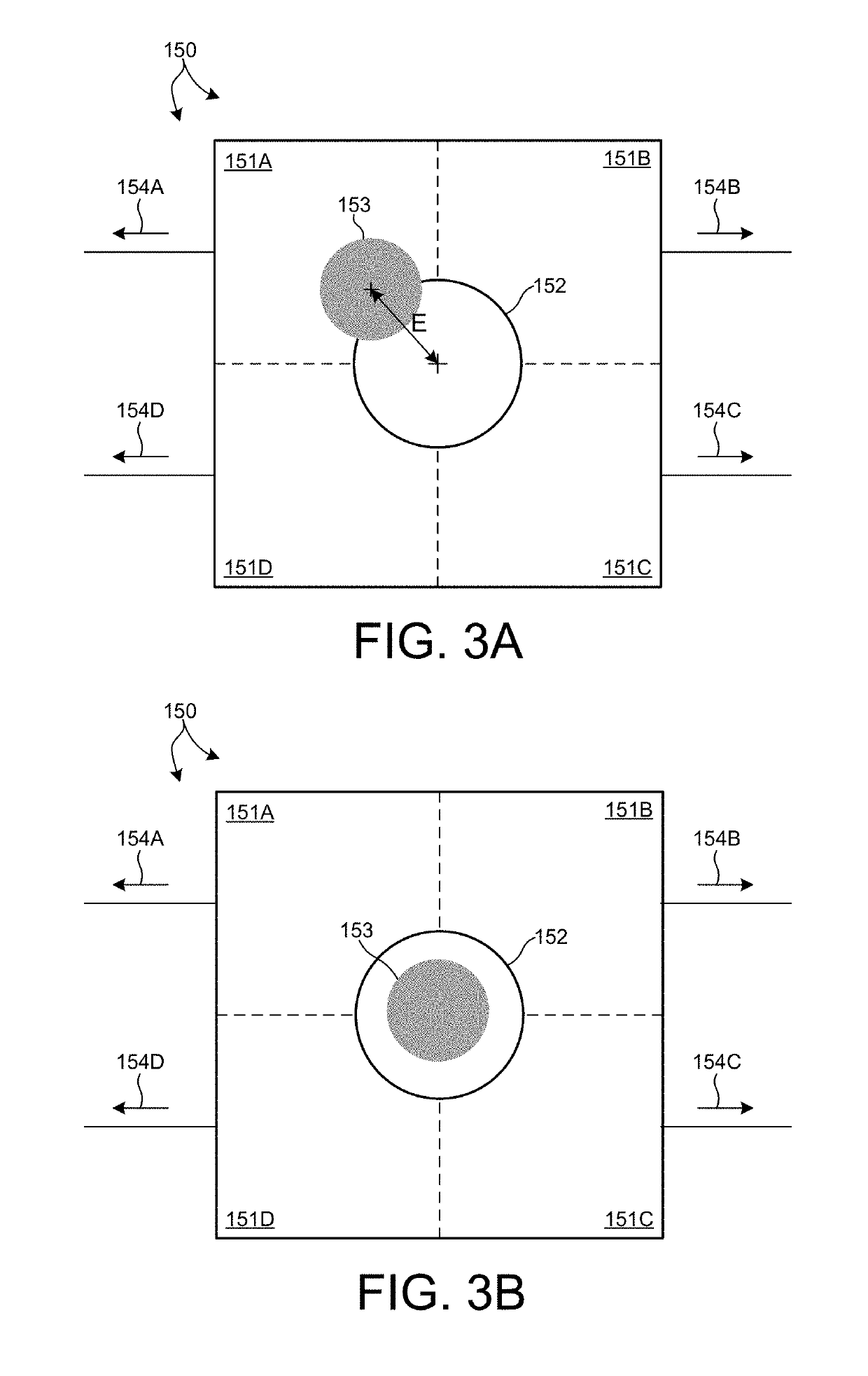Systems and methods for metrology beam stabilization
a technology of metrology and beam stabilization, applied in the field of metrology systems and methods, can solve the problems of reducing the measurement range, reducing the measurement box size, and reducing the size of the measurement box
- Summary
- Abstract
- Description
- Claims
- Application Information
AI Technical Summary
Benefits of technology
Problems solved by technology
Method used
Image
Examples
Embodiment Construction
[0036]Reference will now be made in detail to background examples and some embodiments of the invention, examples of which are illustrated in the accompanying drawings.
[0037]Methods and systems for measuring a specimen while actively stabilizing an optical measurement beam subject to changes in polarization by a rotating polarizer element are described herein. Movement of a focused measurement beam spot induced by a rotating polarizer element is compensated by actively controlling the position of an optical element in the beam path based on measurements of the focused measurement beam spot. By reducing the movement of the measurement beam spot, optical measurements of a semiconductor structure are achieved with a reduced measurement box size.
[0038]By actively controlling measurement beam movement induced by a rotating polarizer element wedge error tolerances on polarizer elements may be increased along with rotary bearing tolerances. This increases design flexibility and reduces cos...
PUM
| Property | Measurement | Unit |
|---|---|---|
| size | aaaaa | aaaaa |
| size | aaaaa | aaaaa |
| wavelength | aaaaa | aaaaa |
Abstract
Description
Claims
Application Information
 Login to View More
Login to View More - R&D
- Intellectual Property
- Life Sciences
- Materials
- Tech Scout
- Unparalleled Data Quality
- Higher Quality Content
- 60% Fewer Hallucinations
Browse by: Latest US Patents, China's latest patents, Technical Efficacy Thesaurus, Application Domain, Technology Topic, Popular Technical Reports.
© 2025 PatSnap. All rights reserved.Legal|Privacy policy|Modern Slavery Act Transparency Statement|Sitemap|About US| Contact US: help@patsnap.com



